Yangon, Myanamar, 14 Safar 1438/14 November 2016 (MINA) – An international rights group expressed concern Sunday over satellite imagery showing widespread fire-related destruction in predominantly ethnic Rohingya Muslim villages in Myanmar’s Rakhine State, amid military operations launched after last month’s fatal attacks on police.
Human Rights Watch (HRW) called on Myanmar authorities to promptly establish a United Nations-assisted investigation “as a first step toward ensuring justice and security for the victims”.
“New satellite images not only confirm the widespread destruction of Rohingya villages but show that it was even greater than we first thought,” the group’s Asia director, Brad Adams, said in a statement.
According Anadolu Agency, aid delivery and access to information in the area near the Bangladesh border have been under a military lockdown since Oct. 9, when armed individuals killed nine police officers and stole dozens of weapons and thousands of rounds of ammunition.
Also Read: Sudanese Army Battles RSF in Kordofan as Civilian Hardship Worsens
The ongoing military operation in the area has generated reports of widespread abuses against civilians.
Meanwhile, the state-run Global New Light of Myanmar newspaper reported that eight people — including one soldier, one officer and six suspected attackers — were killed Saturday during clearance operations in Maungtaw and Yathay Taung townships following ambushes.
According to the army-run Myawaddy newspaper, armed men attacked three villages Friday, leaving a military officer dead and two others injured.
On Sunday, HRW reported identifying a total of 430 destroyed buildings in three villages of northern Maungdaw Township after analyzing “very high resolution satellite imagery” recorded since Oct. 22 — warning that the full extent of damage may have gone undetected due to dense tree cover.
Also Read: Hundreds Rally in Stockholm to Condemn Israeli Attacks and Ceasefire Violations in Gaza
Government officials, however, have claimed villagers burned their own homes to evoke international sympathy before troops enter the villages in search of suspected attackers and stolen weapons.
“Government-imposed restrictions on access to the area by journalists and human rights monitors continue to hinder impartial information gathering,” Sunday’s statement underlined.
Referring to an international media report suggesting that the civilian government’s request for more information had gone unanswered, Adams said the armed forces “are not only keeping independent observers out of affected Rohingya areas, they apparently aren’t even telling their own government what happened”.
“The authorities need to allow the UN, the media, and rights monitors unfettered access into the area to determine what happened and what needs to be done,” he stressed, calling on the government and military to immediately allow humanitarian access to vulnerable populations.
Also Read: Mass Protests Erupt in Bologna Against Israeli Teams Ahead of EuroLeague Match
“The UN and concerned governments need to dial up the pressure on the authorities to ensure aid reaches all affected areas as this crisis enters its second month,” he added.
Sexual violence
Earlier this month, top diplomats and a UN official who visited the area called on the government for a credible and independent probe into the Oct. 9 attacks, along with allegations that Myanmar soldiers subsequently killed and raped Rohingya civilians.
The UN Special Representative on Sexual Violence in Conflict released a statement Friday expressing “grave” concern about the allegations and warning that “escalation of violence may lead to more incidents of sexual assault”.
Also Read: UN Warns of Rapidly Worsening Humanitarian Crisis as Over 100,000 Flee Violence in Sudan
“These are not isolated incidents but are part of a wider pattern of ethnically motivated violence that my office has tracked over the past several years,” Zainab Hawa Bangura said.
“It is critical to end impunity for sexual violence, and I would remind the relevant authorities that human rights must be respected even in the context of counter-insurgency operations,” she added.
Many of the Rohingya living in Maungdaw and Yathay Taung were relocated there following 2012 violence between the local Buddhist and Muslim communities in Rakhine — one of the poorest regions in Myanmar.
The violence left around 57 Muslims and 31 Buddhists dead, some 100,000 people displaced in camps and more than 2,500 houses razed — most of which belonged to Rohingya. (T/R07/R01)
Also Read: Trump, Mamdani Aim for Cooperative Relationship After White House Meeting
Mi’raj Islamic News Agency (MINA)





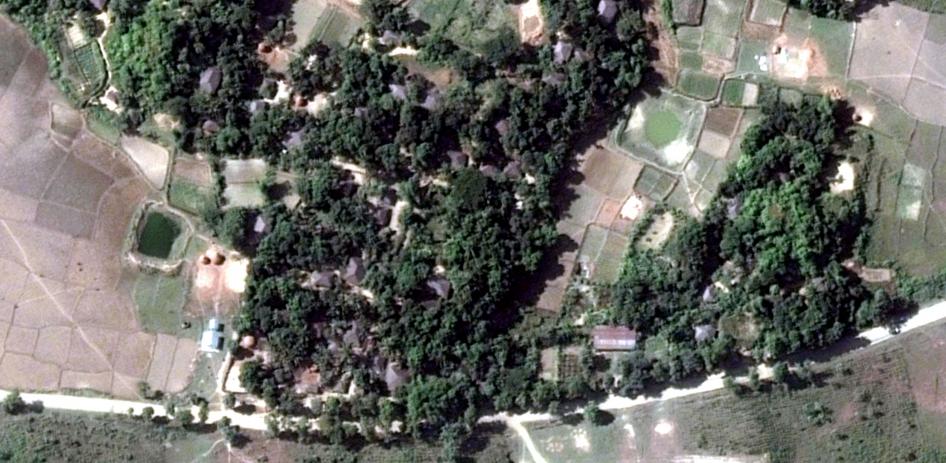

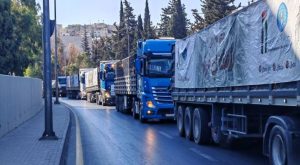
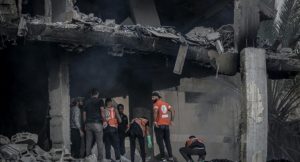



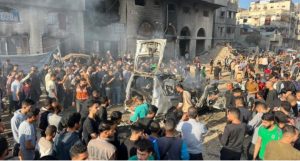
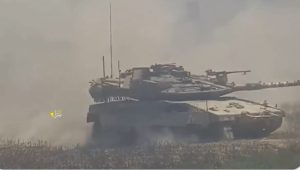


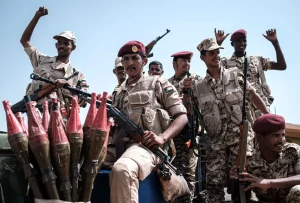

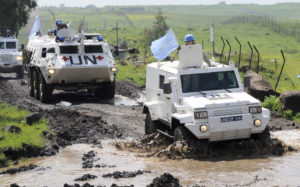
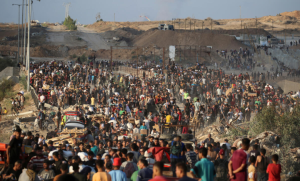






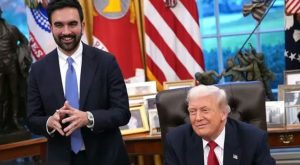







 Mina Indonesia
Mina Indonesia Mina Arabic
Mina Arabic